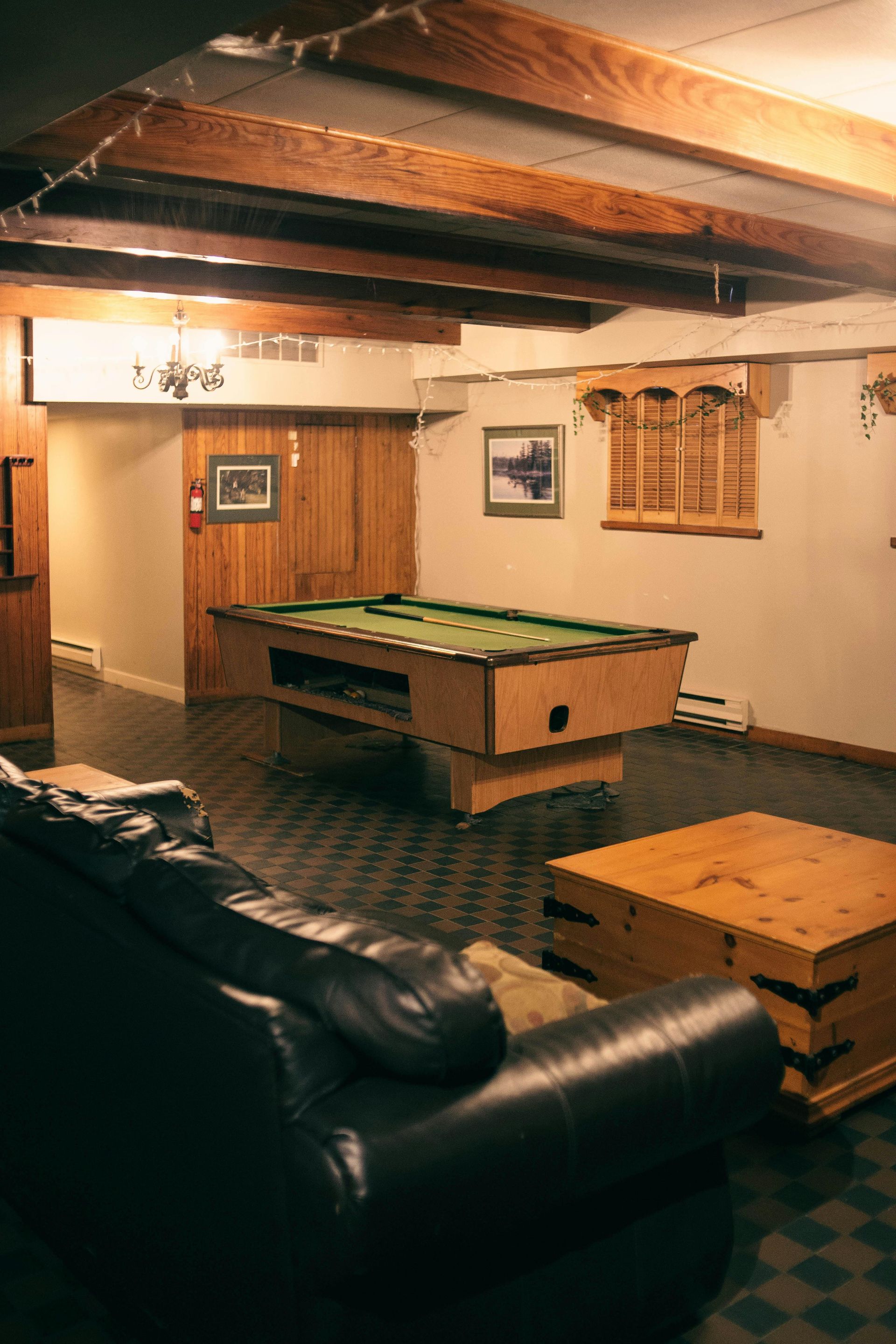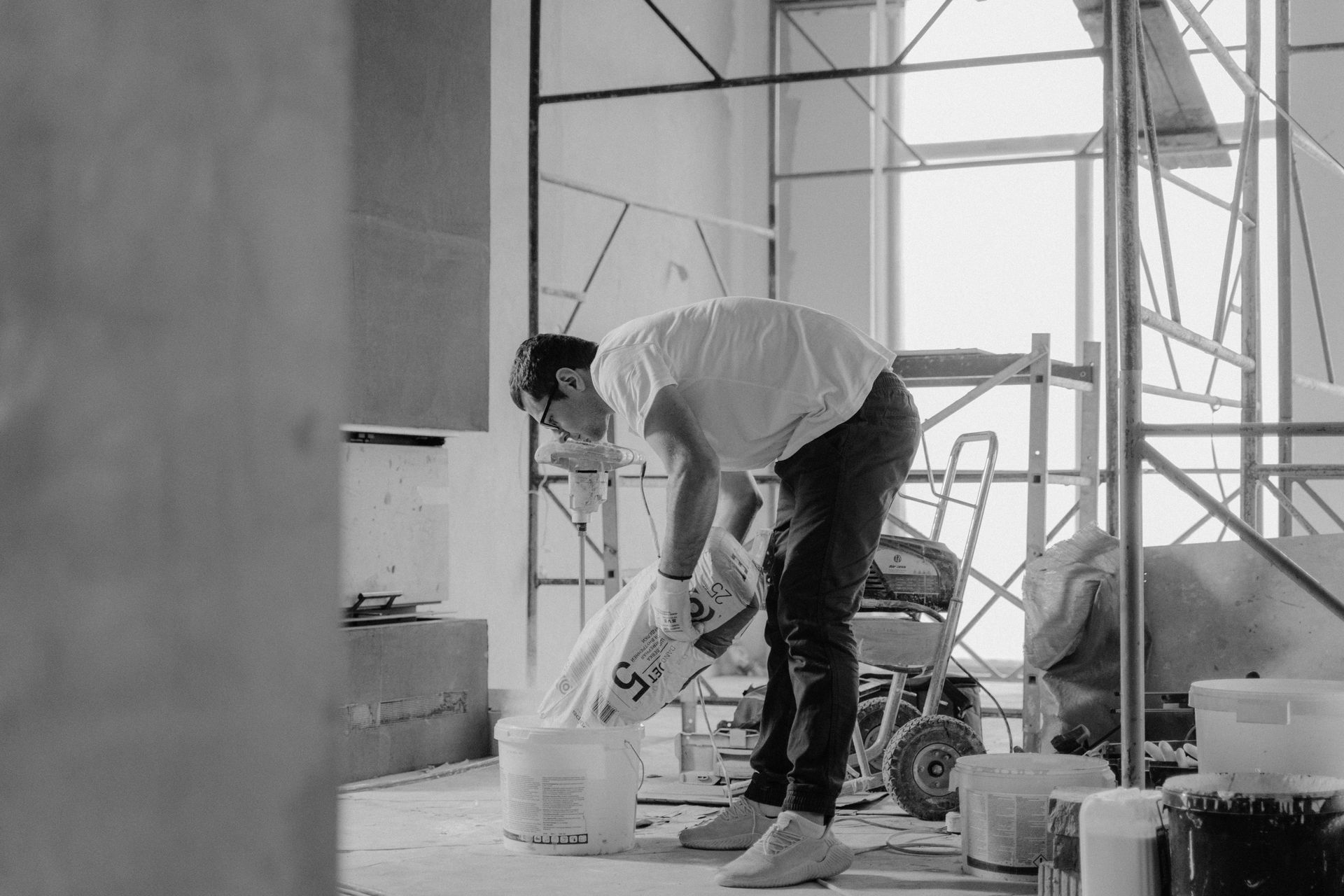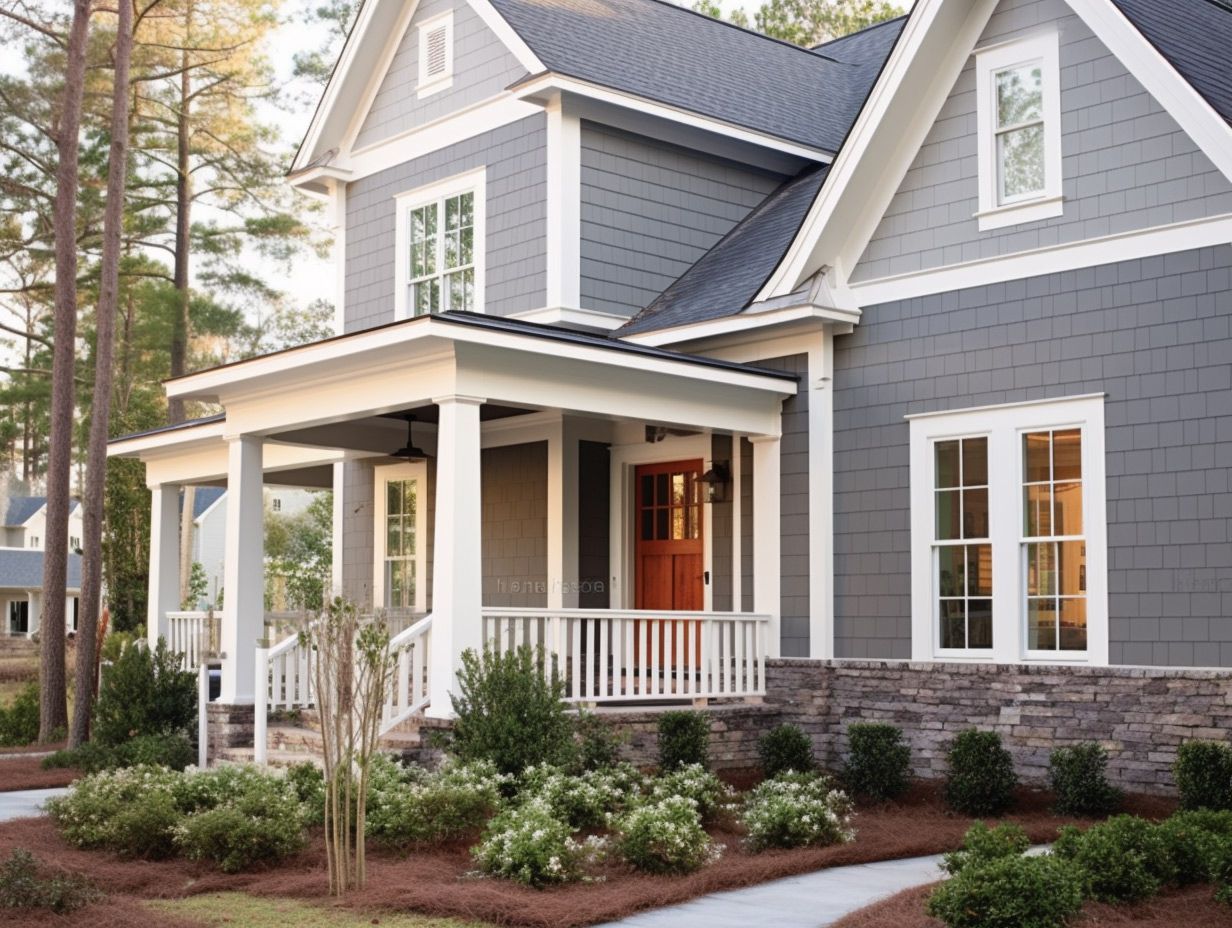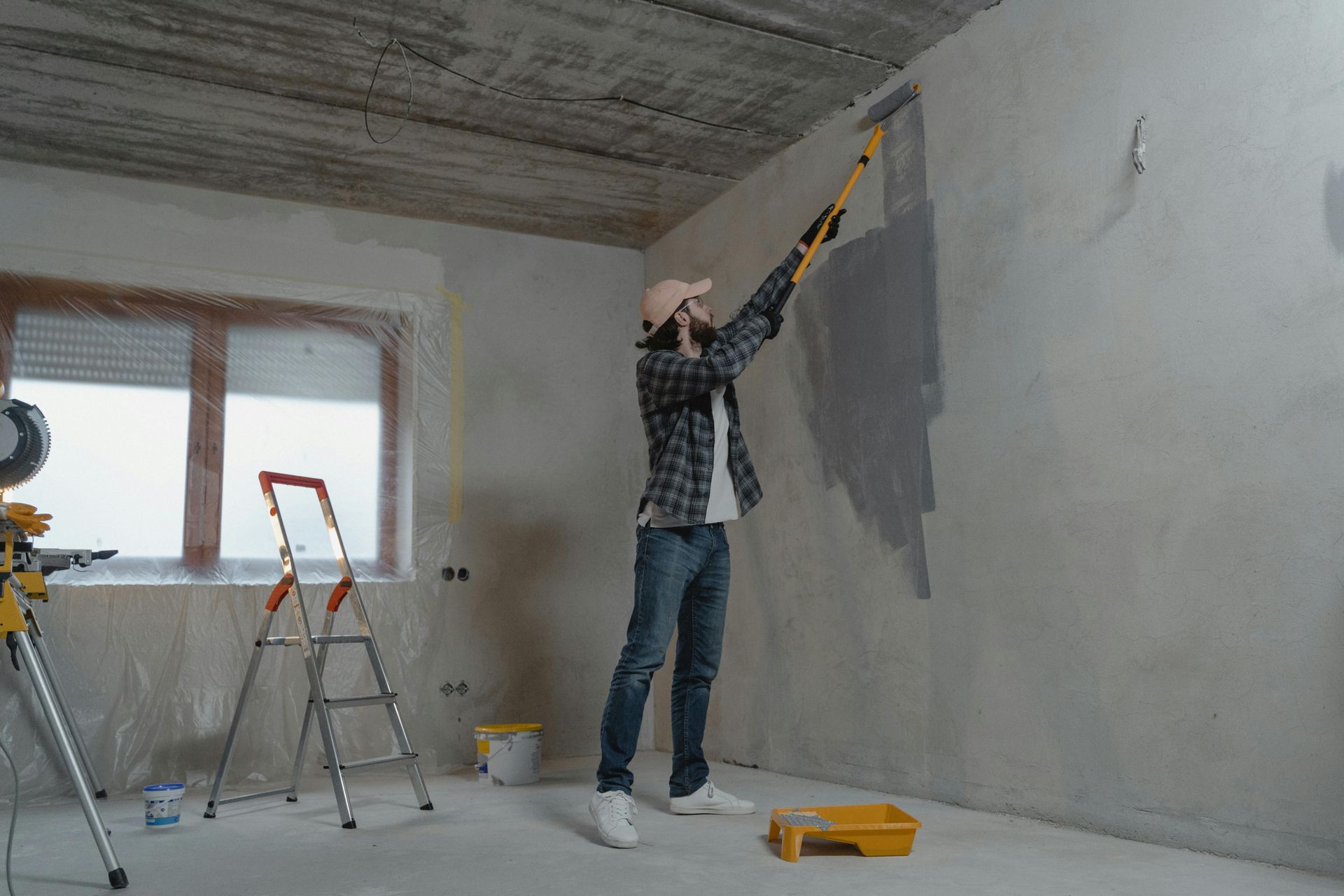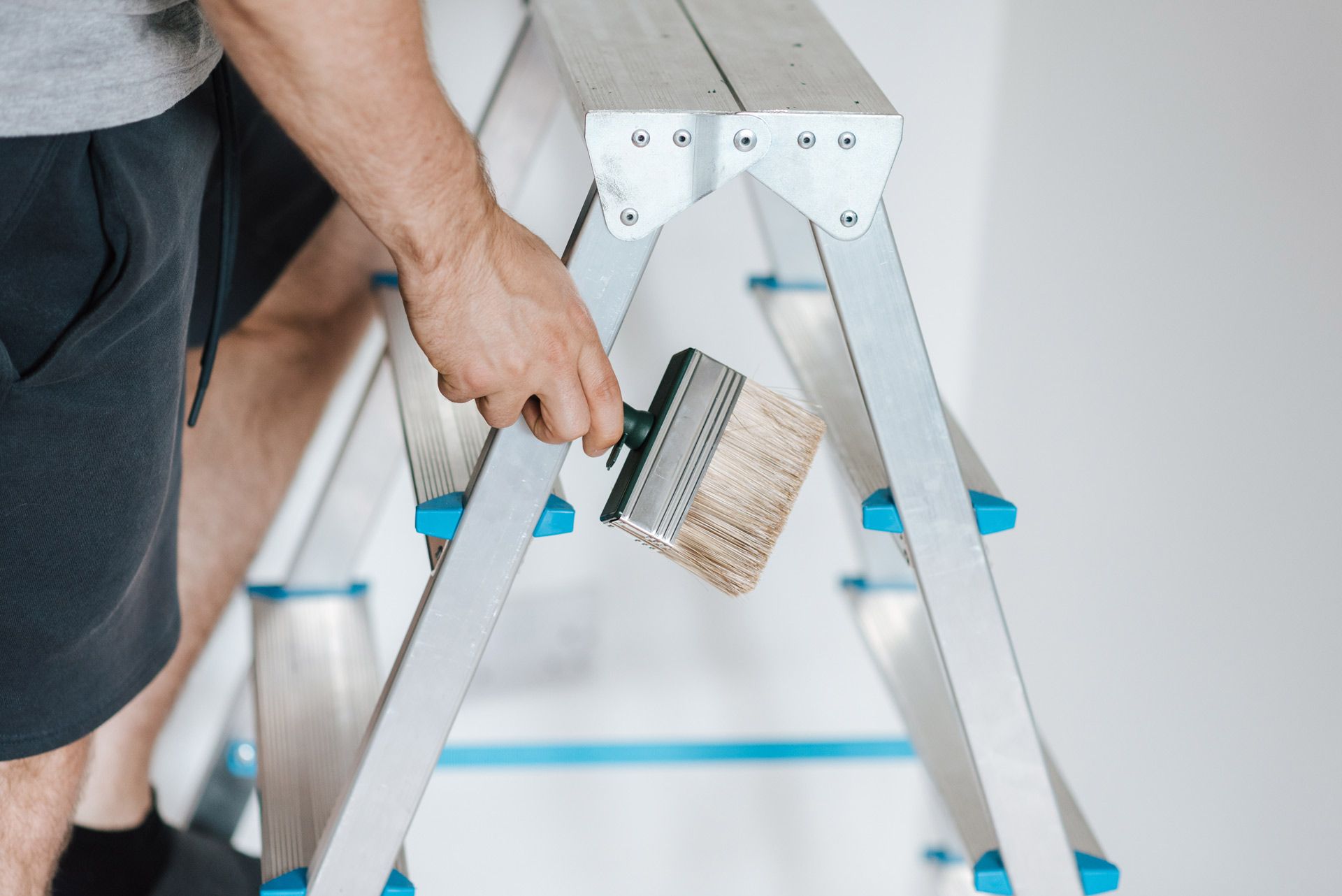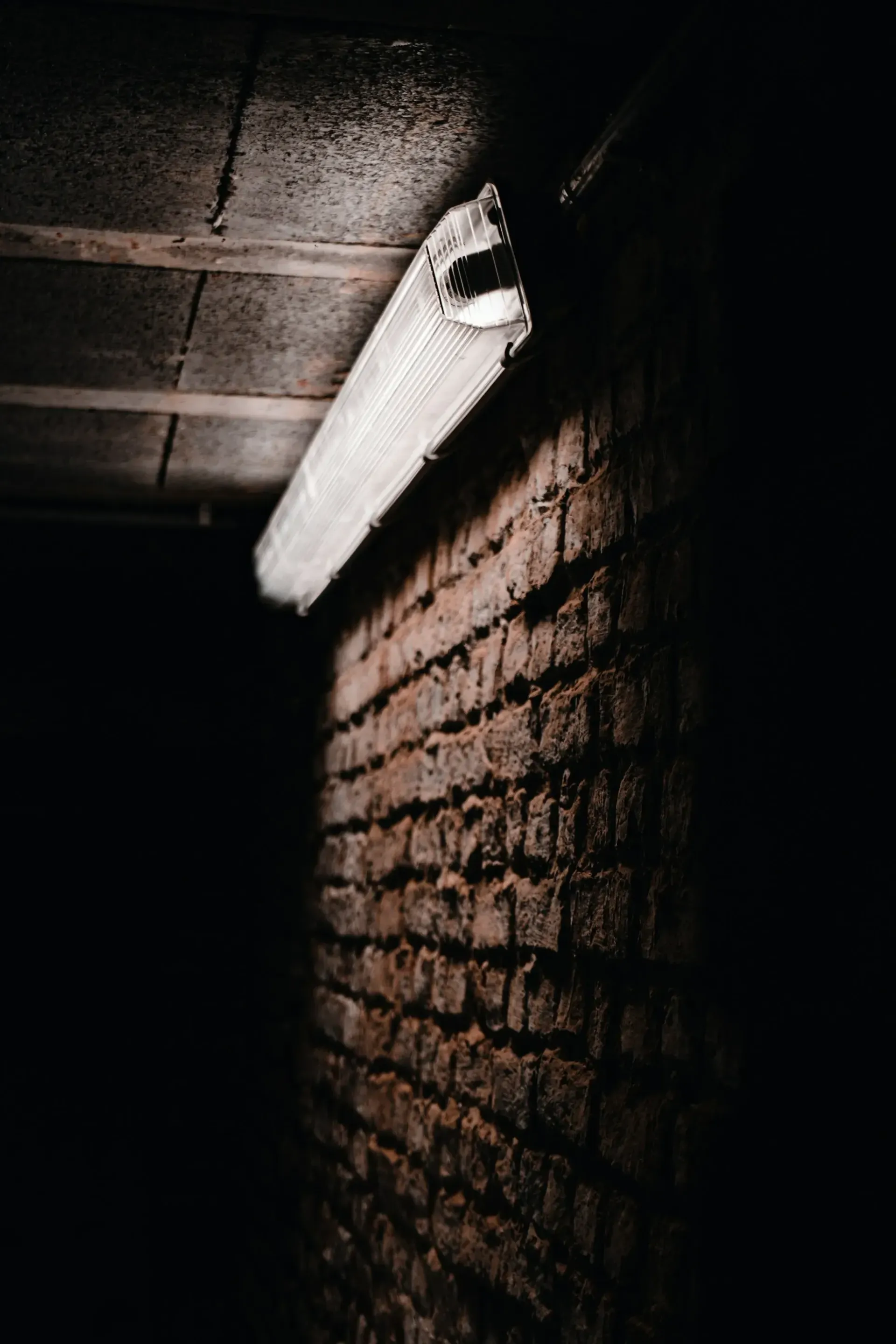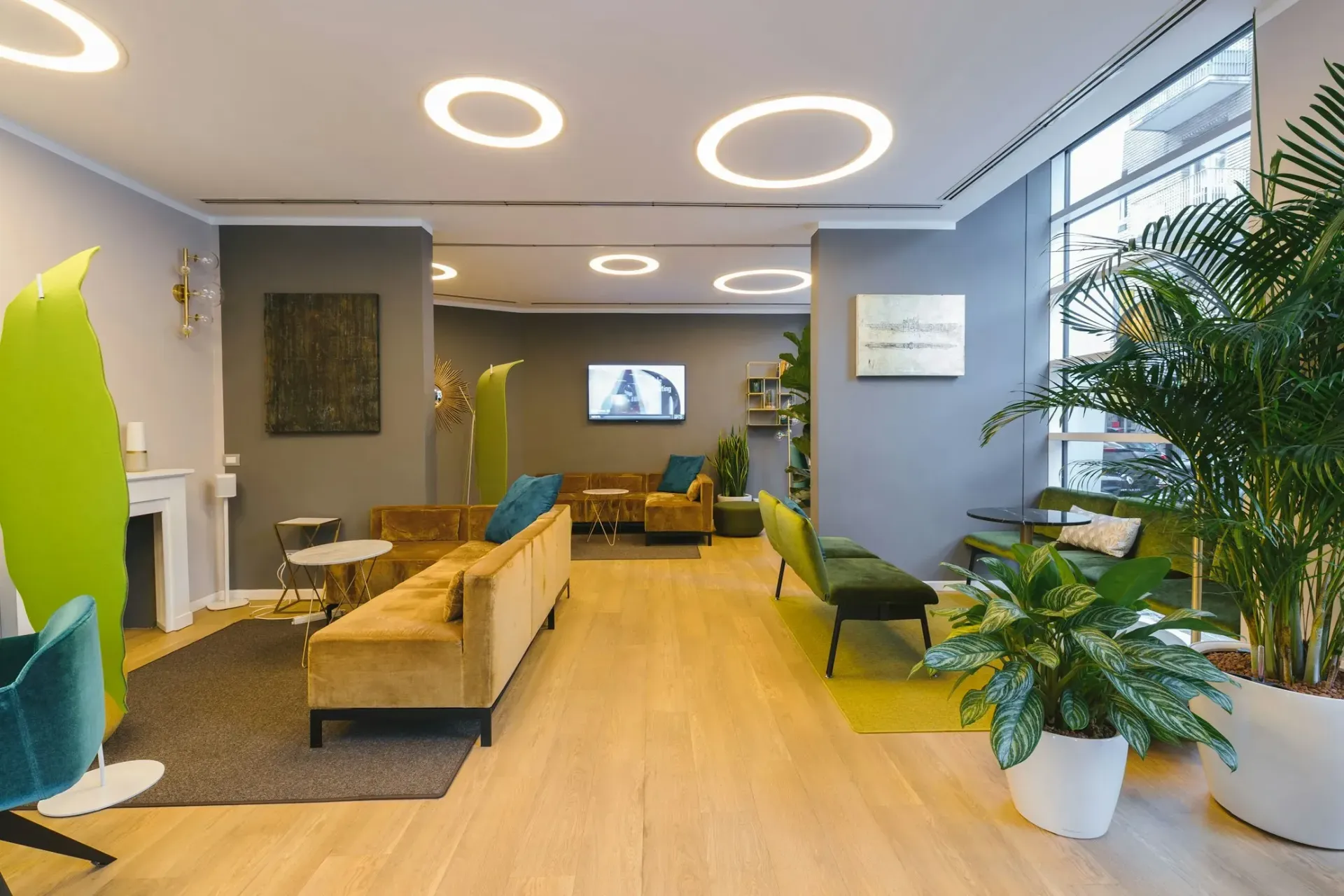
Differences Between Residential and Commercial Painting
When you're planning a painting project, knowing the differences between residential and commercial painting makes a big difference. While both involve painting walls and surfaces, the scale, techniques, and materials used are quite different. Whether you're updating your home’s look or refreshing a business property, understanding these differences ensures you hire the right pros for the job.
This guide breaks down the key distinctions between residential and commercial painting so you can confidently choose the right painting service.
What is Residential Painting?
Residential painting focuses on homes, apartments, condos, and other living spaces. It's typically more detailed, with a strong emphasis on aesthetics. Whether it’s painting walls, ceilings, trims, or doors, the goal is to create a comfortable, inviting space that reflects the homeowner's personality.
Painters in residential projects often work closely with homeowners to choose the right colors and finishes. Since every home is different, attention to detail is key. Painters might spend more time prepping surfaces, fixing small imperfections, and ensuring the paint job complements the overall style of the home.
Residential painting usually involves smaller teams, shorter timelines, and less complex equipment. It’s about getting that clean, polished look that makes a house feel like home.
What is Commercial Painting?
Commercial painting handles larger projects like office buildings, retail stores, warehouses, and other commercial properties. The focus here isn’t just on looks—though that's important—it’s also about durability and efficiency. Commercial spaces face heavy foot traffic and need paint that can withstand wear and tear.
Commercial painters often work on tight deadlines to avoid disrupting business operations. This means larger teams, industrial-grade tools, and quick but effective techniques. They may need to work during off-hours, such as nights or weekends, to keep businesses running smoothly.
The materials used in commercial painting are typically more robust. Heavy-duty paints, coatings that resist stains or chemicals, and equipment like sprayers and scaffolding are common. The end result? A professional, long-lasting finish that can handle the demands of a busy commercial environment.
Key Differences Between Residential and Commercial Painting
While both residential and commercial painting involve similar tasks, the scale, materials, and approach are quite different. Here's a breakdown of the main differences:
- Project Size
Residential painting typically covers smaller areas like rooms, hallways, or a home's exterior. Commercial painting, on the other hand, deals with much larger spaces, including entire buildings, warehouses, or office complexes. The scope of commercial jobs can be much more extensive, often requiring more painters and a larger timeframe. - Materials Used
Residential projects usually focus on aesthetic appeal, with homeowners choosing paints that reflect their style. These paints are often water-based and designed for beauty and comfort. In contrast, commercial painting uses heavy-duty, durable materials. Paints for commercial buildings must withstand constant use, high traffic, and environmental factors like chemicals, sunlight, and temperature changes. - Techniques and Equipment
In residential painting, painters often use brushes and rollers to achieve detailed finishes, especially for trims and corners. Commercial painting involves the use of sprayers, large scaffolding, and other industrial equipment to cover big areas quickly. The approach needs to be fast and efficient, but still provide professional quality. - Timeline and Scheduling
Residential painting projects tend to be more flexible. Homeowners can adjust schedules, and painters might have more time to focus on small details. Commercial painting is often time-sensitive. Painters work on strict timelines, sometimes outside business hours, to minimize disruption to operations.
These differences make it important to choose a painting contractor with the right expertise for your specific needs. Whether you’re painting your home or your business, knowing what each service offers will help you get the results you want.
Painting Techniques and Equipment Used
When it comes to techniques and equipment, residential and commercial painting operate on very different scales. In residential painting, the focus is on precision and attention to detail. Painters typically use brushes and rollers to achieve a smooth, even finish, especially in tight spaces like trim, ceilings, and doors. Homeowners often prioritize quality over speed, which allows painters to take their time and ensure a polished result.
On the other hand, commercial painting relies heavily on speed and efficiency. For large commercial spaces, painters often use industrial-grade sprayers and large rollers to cover expansive surfaces quickly. Scaffolding, lifts, and other heavy-duty equipment are common, especially for high ceilings or large exterior walls. The goal is to complete the job with minimal downtime, ensuring businesses can continue to operate smoothly.
The difference in equipment also reflects the type of paint used. Residential jobs tend to use more decorative finishes, while commercial jobs require durable, long-lasting coatings that can withstand wear and tear from heavy traffic, weather, or even chemical exposure.
Cost Differences Between Residential and Commercial Painting
Residential painting projects usually come with lower costs compared to commercial jobs. This is because residential painting typically involves smaller areas and requires fewer resources. The pricing for residential painting depends on several factors, including the size of the space, the type of paint, and the complexity of the work. Homeowners might spend more if they opt for high-quality finishes or custom paint jobs, but overall, the costs are manageable.
Commercial painting, however, comes with a higher price tag. The larger scale of these projects—covering office buildings, warehouses, or retail spaces—demands more materials, more labor, and specialized equipment. Additionally, commercial painting often requires more durable paints that can withstand heavy use, which adds to the cost. Time-sensitive projects, such as those completed outside of normal business hours, can also drive up labor costs.
In short, the scale and complexity of commercial painting make it significantly more expensive than residential work. However, it’s an investment in longevity and durability, ensuring that the building can handle the daily demands of a business environment.
Regulations and Safety Requirements
When it comes to regulations and safety, commercial painting is subject to far stricter guidelines than residential jobs. Commercial painters often work in environments that require them to follow specific safety protocols. For instance, they may need to comply with OSHA (Occupational Safety and Health Administration) standards, which ensure that workers are protected from potential hazards like working at heights, using heavy equipment, or dealing with harmful chemicals.
Commercial painters also need to be aware of local building codes and environmental regulations. These may include restrictions on the types of paints used, especially in spaces like hospitals or schools where air quality and health concerns are paramount. In these settings, using low-VOC (volatile organic compounds) paints may be mandatory to reduce harmful emissions.
Residential painting projects are generally less regulated, although painters still need to ensure they follow safety measures, especially when working on ladders or handling potentially harmful substances like paint thinners. Homeowners may also request eco-friendly paints, but there are usually fewer regulatory requirements compared to commercial settings.
Understanding these differences in safety and compliance is key when deciding between residential and commercial painting services. Businesses need to ensure the contractors they hire are fully certified and capable of handling the necessary safety requirements.
How to Choose the Right Painting Service for Your Needs
Choosing between a residential or commercial painting service depends largely on the type of project you have. Here are a few tips to help you make the right choice:
- Evaluate the Scope of Your Project
If you're painting a home or apartment, you'll need a residential painting contractor. They specialize in smaller-scale projects, providing detailed, high-quality work for living spaces. On the other hand, if you're tackling a large building or a business property, you'll want to hire a commercial painting company experienced in handling large-scale jobs with quick turnaround times. - Check Credentials and Experience
Whether residential or commercial, always check a company's credentials. Look for licensed and insured contractors with good reviews. For commercial projects, ensure the contractor has experience with similar properties and can handle specific safety and compliance regulations. - Request a Detailed Quote
Ask for a written estimate that includes a breakdown of costs for materials, labor, and any additional fees. This will help you compare quotes and make sure you're getting fair pricing for the work being done. - Consider the Timeframe
Residential painting projects typically allow for more flexibility in scheduling, while commercial painting often needs to be completed within a tight timeframe. Make sure the company you choose can meet your deadlines, especially if you need the job done outside of regular business hours.
By considering these factors, you’ll be able to choose the right service for your specific needs, ensuring the job gets done right, whether it's in your home or business.
Conclusion
Understanding the differences between residential and commercial painting helps you choose the right service for your project. Residential painting is all about attention to detail and creating a welcoming environment for your home, while commercial painting focuses on efficiency and durability for larger spaces. Whether you’re refreshing your home’s interior or giving your business a professional look, knowing what each service offers ensures you get the best results.
If you're in Lehi, American Fork, Pleasant Grove, Orem, Provo, Springville, Payson, Santaquin, Park City, Spanish Fork, Highland, or Saratoga Springs, and you're looking for a trusted contractor, consider MR Home Remodeling. They specialize in general contracting, home remodeling, painting, and basement finishing, and can even help with selling your house fast.
Let MR Home Remodeling handle your next project with professionalism and care. Whether it's a home renovation or a large commercial job, they've got the expertise to bring your vision to life.
FAQs
Can a residential painting company handle commercial projects?
Most residential painting companies are equipped to handle home-related projects, but commercial painting requires different expertise, tools, and materials. Some companies do offer both services, but it's important to ask if they have experience with commercial properties before hiring them for larger jobs.
How long does a typical commercial painting job take?
The timeline for commercial painting depends on the size of the building, the complexity of the work, and the schedule restrictions. On average, a commercial job can take anywhere from a few days to several weeks, especially if the work needs to be done outside of regular business hours.
Do commercial painters offer color consultations like residential painters?
Yes, many commercial painters offer color consultations, particularly for businesses looking to create a specific aesthetic or brand image. However, the focus is usually more on durability and practicality in commercial settings, compared to the more personalized choices in residential painting.
Are there different types of paint for residential and commercial projects?
Yes, residential paints are often chosen for their aesthetic appeal and comfort, while commercial projects use more durable, industrial-grade paints that can withstand high traffic, weather, or chemicals.
How do you maintain a commercial paint job?
Maintenance for a commercial paint job typically includes regular cleaning and touch-ups. High-traffic areas might need more frequent re-painting, while exterior surfaces should be inspected for weather damage. Many commercial painting companies offer maintenance packages to keep the paint looking fresh and professional.

